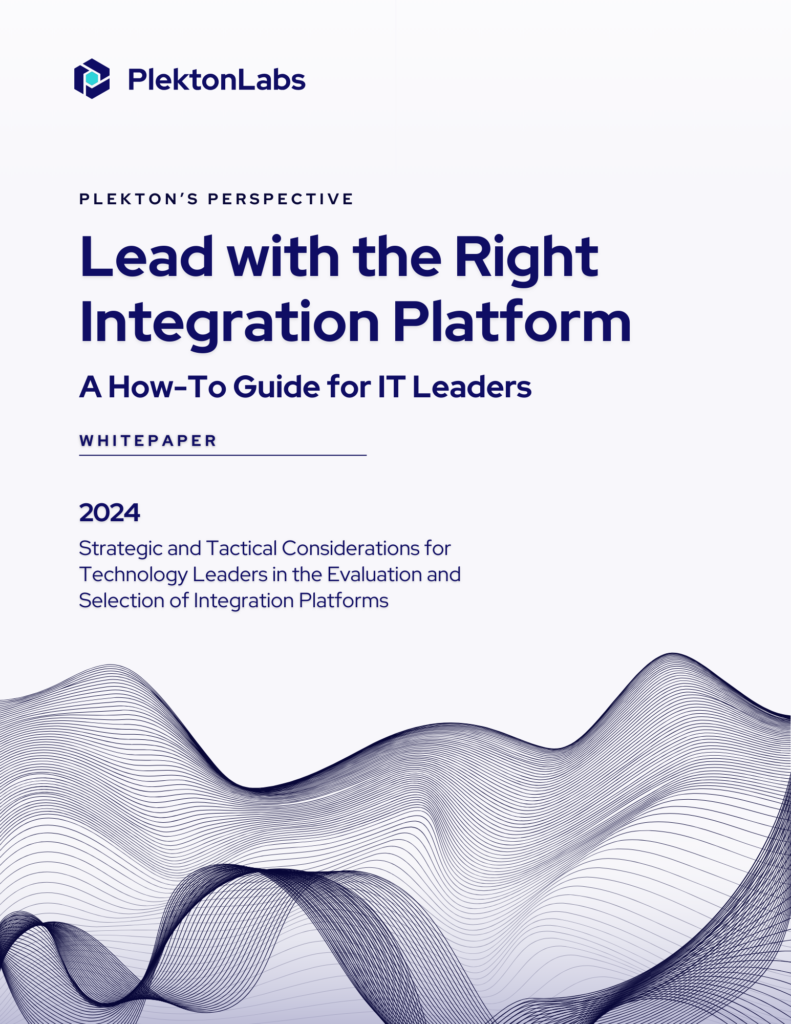Monolithic infrastructure is coming to a close, and businesses are rethinking their architecture to be a lot more varied. As your API ecosystem grows and matures, a large number of organizations will want to co-create API-based products together with other economy members.
These will include customers, partners, third-party vendors, and software developers. Organizations need to be willing to value creation in collaboration with their partners, moving forward with their customers’ needs as the priority.
Growing an API Ecosystem
Once upon a time, APIs were seen as merely a useful piece of middleware. However, they are a lot more to businesses now as they have grown to become a vital integration service. Because of this, growing and nurturing an API ecosystem can help your business in the future.
Companies that build ecosystems with APIs as building blocks can reuse them in the API economy. This also acts as a springboard for growth in the future. However, when building infrastructure for the future, there are a couple of basic principles to make the most out of the latest innovations. Here are the most important things that you should bear in mind:
Firstly, instead of overdoing everything at once, strive for simplicity. Once a company starts building API products, it can grow more quickly than anticipated, releasing a steady stream of products. Your business might be overwhelmed with issues when managing or governing all these API products together. Marketing these products can take up a lot of time and money as well.
The best way to handle this is to follow a minimalistic approach. Work with a few products at a time and experiment with them. This allows you to follow a trial-and-error approach so you can gradually figure out what works best for your business.
Next, while it may be tempting to chase short-term revenue spikes, this may not be a good idea. In fact, many businesses lose their long-term customer base and have no way of cutting their losses. Instead, your business needs to focus on rallying its loyal customers and sustaining this base.
Focusing on customer satisfaction can mean many things; this includes competitors’ offerings to improve the customer experience.
Looking at your APIs as products or services removes the biggest obstacle from your path. This will also improve your revenue and profit margins. Businesses need to break out of their present thought barriers and revolutionize their business models. This also means involving developers and vendors in some of the decision-making processes.
Choosing the right products is equally important. Concentrate on quality products with ideal interfaces and avoid publishing native product interfaces directly to the whole ecosystem. It will allow you to get the best out of your products as you update and replace them effortlessly. Furthermore, proper lifecycle management for your API products is equally important.
Microservices and APIs are modern methods of constructing applications and integration architecture. As a result, businesses have to concentrate their business logic on various microservices as opposed to a giant monolithic system or a more traditional ESB solution.
In other words, you have to choose a lightweight API management solution. Moreover, keeping a reasonable amount of microservices, and expanding the capabilities of ecosystem products is a good idea.
The domain API layer that comes from business modeling is made up of microservices that contain the majority of business logic and allow a consistent user experience for the ecosystem components that use the API layer.
With exhaustive experimentation, businesses also require a data-driven mindset. This also applies to the direction for management and operations. For creating maximum value, leaders need to continue examining their ecosystem investments to understand where APIs will add the best value. They should also utilize a measured approach to figure out the APIs that have the greatest business impact and strategic value while balancing them with immediate wins.
Wrapping Up
Whether your business is just beginning to create an API ecosystem or is in the process of growing one, MuleSoft can help. Businesses looking to drive API consumption, measure success and better engage consumers can all engage in microservices and ease the process of integration. Above all, these businesses understand the importance of collaboration and work with their partners to create the best possible user experience.





